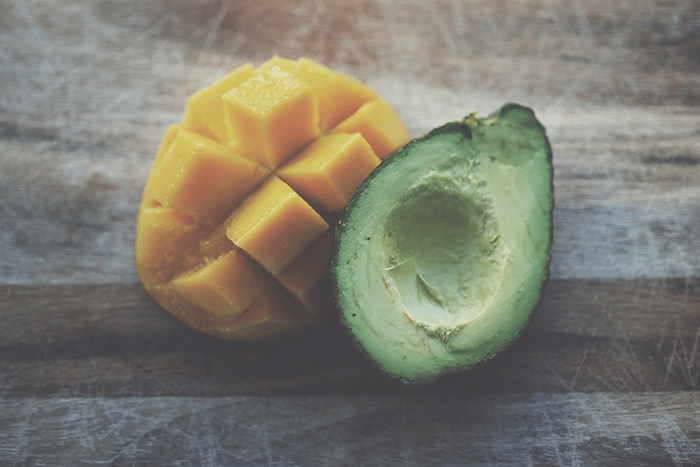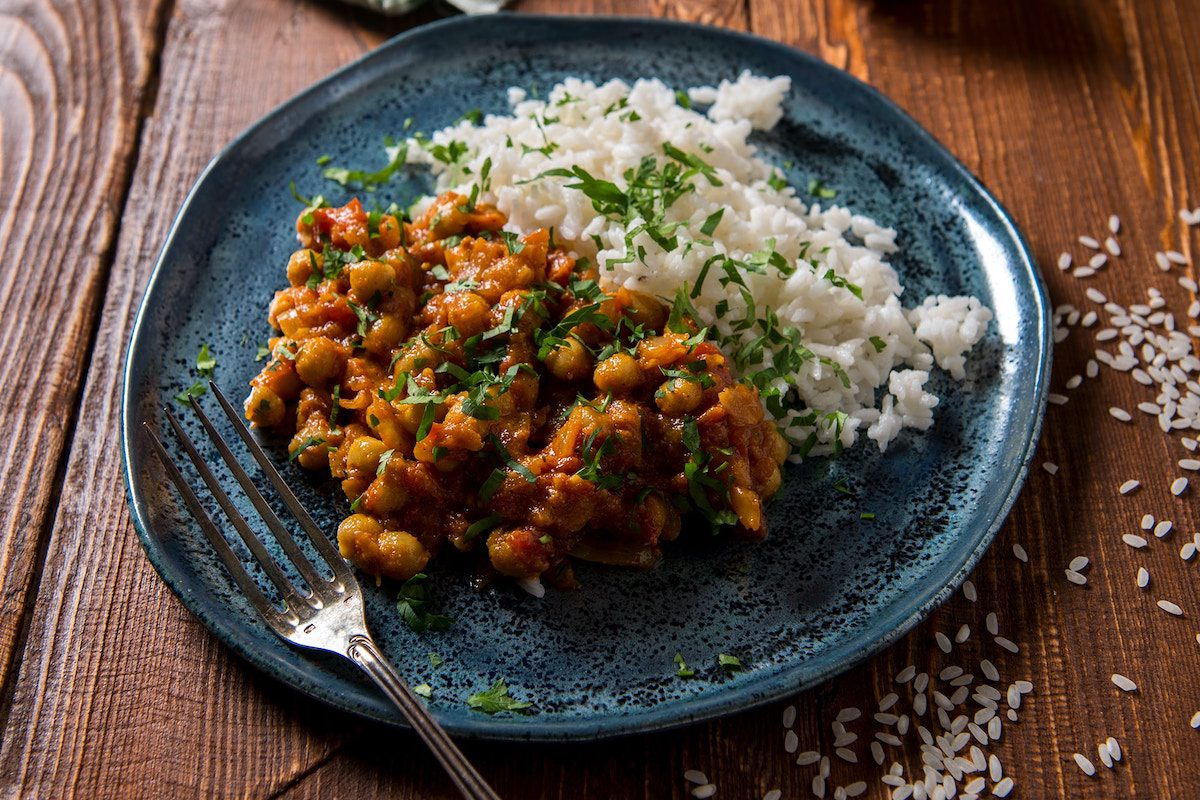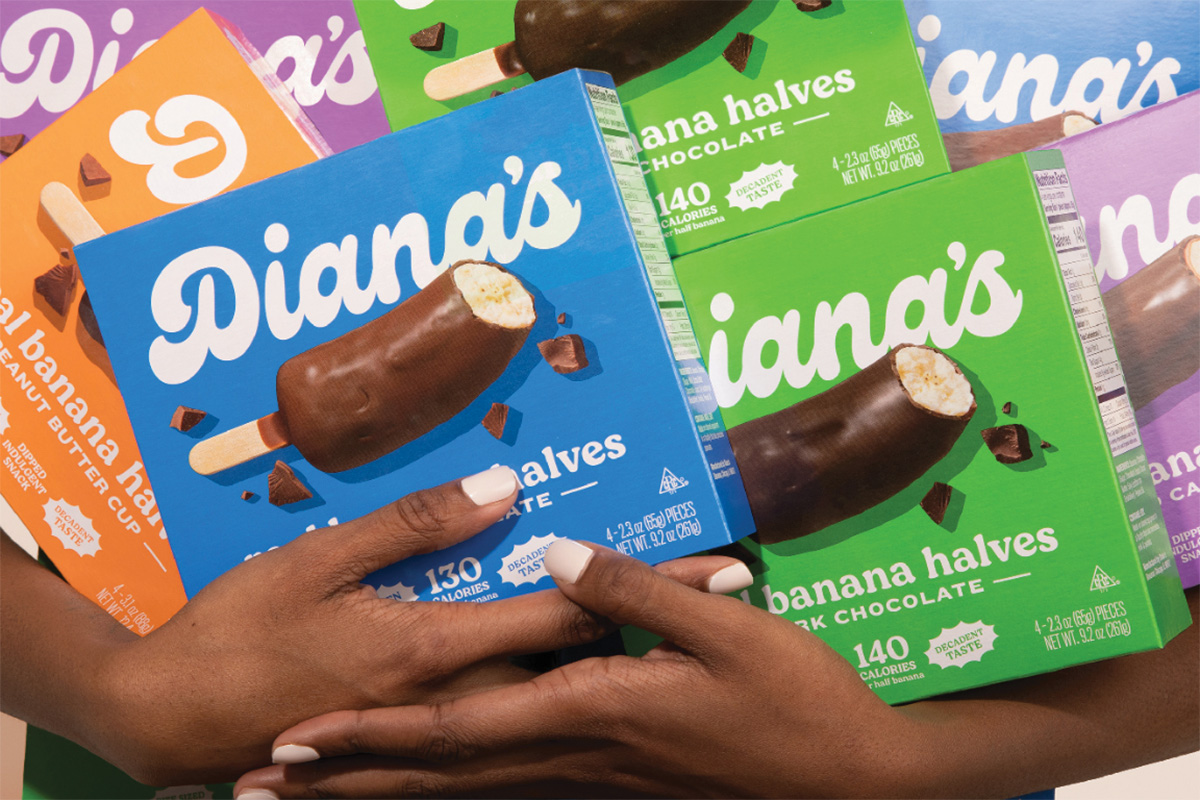Four Common Diets Decoded
“New Year, New You” – this sentiment is all over social media right now. Though I appreciate the call to get healthy, I do always wonder how quickly the dedication to working out and wellness will fade out for most people. An article by the Huffington Post describes a simple solution to avoid that burn-out: make lifestyle changes, not life-changing goals.
In the same vein, I wanted to start off this new-year making a lifestyle change in my diet. I started asking my fit friends what healthy trends they suggest, and I was quickly taken up in a whirl-wind of acronyms, numbers and alliteration. Should I not eat meat? No gluten? No sugar? All meat? Needless to say I was quickly overwhelmed. I decided to take a step back and start doing some research for myself on which diets seemed most reasonable, and what could work with my life (knowing that chocolate and popcorn could not be banned). In my research I found four diets (four out of a billion in the world) that were most prevalent in my news feeds, in which I noticed a majority of my friends showing interest.
If, like me, you find yourself lost in a sea of diet confusion and need something to combine with Kanye’s workout plan, check out the diets below.
21 day Fix
The low-down: The people you see on your Instagram feeds that are preaching that a diet changed their lives probably did or are doing the 21 day fix. This is the diet that I hear about most frequently, and I have to say it seems to work. It comes with easy color-coded containers that enforce portion control and well-balanced meals. One of my co-workers is a big believer in 21 day fix, but she really only uses it before a big event she wants to get in shape for. However, I think the idea of portion control is one that could last much longer than three weeks. After a while the containers don’t seem to be necessary, and participants have learned to re-train their brains to eat only as much as they really need.
Best For: People who need help with portion control but can handle the flexibility of picking their own food. While they provide a lot of meal suggestions already, there are even more “21 day fix friendly” meals on Pinterest. The containers make it a fool-proof diet guide for endless combinations that are easy for anyone to create.
Whole30
The low-down: The Whole30 openly acknowledges that it is a short-term diet. It is referred to as a “nutritional reset.” Therefore, this plan is very restricting. It almost seems as though the limitations are its selling point, as the intention is to redefine your whole diet by cutting out foods to, supposedly, cut out your cravings by the end of the 30 days. This means no sugar, alcohol, grains, legumes (which is peanut butter, beans, soy) and dairy. What I also found interesting is that they do not suggest supplementing foods you would normally want (say, cookies) with versions that use the “acceptable” food. Cutting out food isn’t just for the pain, it is also a mental game to have the participants start thinking about food differently.
Best For: People who need a hard-core lifestyle change. This is by far the most intense diet I’ve come across and if you can have enough will-power to keep it up, I see no way how it couldn’t work. The key issue is sticking to it, though. Someone participating in Whole30 would need a strong support system to lean on when a warm deep dish cookie is calling their name.
The low-down: A popular fad with the CrossFit crowd, the Paleo diet is one to which we are “genetically adapted.” AKA it promotes eating like cavemen (and cavewomen, I would assume). The Paleo diet focuses on eating a LOT of protein and a very low amount of carbs. A strict Paleo diet means no dairy, refined sugar, legumes or potatoes (that’s right, no fries) along with a few other restrictions. Even though it seems like a lot of “no,” when you look at a Paleo person’s meal it is usually really colorful and filling. A salad with spinach, carrots, avocadoes, peppers, almonds, chicken and apple sounds pretty good to me! I really like the idea of eating “the right” fats and having pretty large meals, but I’d also like to think the human race as changed a little bit since our prehistoric days. Mostly, I just want to be able to eat potatoes.
Best For: People who work out frequently with strength training and need the protein. Those who love trail mix since nuts and seeds are highly encouraged. Parents that want to focus on healthy living but want their children to participate too, as things like hot dogs and chicken tenders are still allowed. Also, people who don’t like potatoes.
Bikini Body Guide
The low-down: This diet is created by Kayla Itsines, who studied at the Australian Institute of Fitness (for some reason being Australian gives her more street cred, in my opinion). Despite the name, the Bikini Body Guide actually has a really healthy approach on weight and wellness. It is much more than just a diet – there are workouts that accompany the “plan” and the guide is an in-depth description of suggestions and accommodations. Meals consist of a lot of chicken and rice, which is easy to make, but may not satisfy everyone’s cravings.
Best For: In the description this diet markets itself to women between the ages of 16-25, but honestly after a look at the guidelines it should work well for women much older than that. I have a friend that has seen success from this diet, but it does take time to plan and prepare each meal. The meal requirements, though offering some substitutions, are pretty strict, so it works best if just cooking for yourself.
Final Findings: I think all of these plans have the right intention at the core: to re-think your current diet and focus on fresh, healthy foods. Though most may be a little too intense for me, the idea of putting more time into my food choices definitely resonates. The important take-away is to figure out what plan, or elements of the plans, works best to create a healthy lifestyle that works best for you in the longer term.
Share your experience with any of these diets below!













